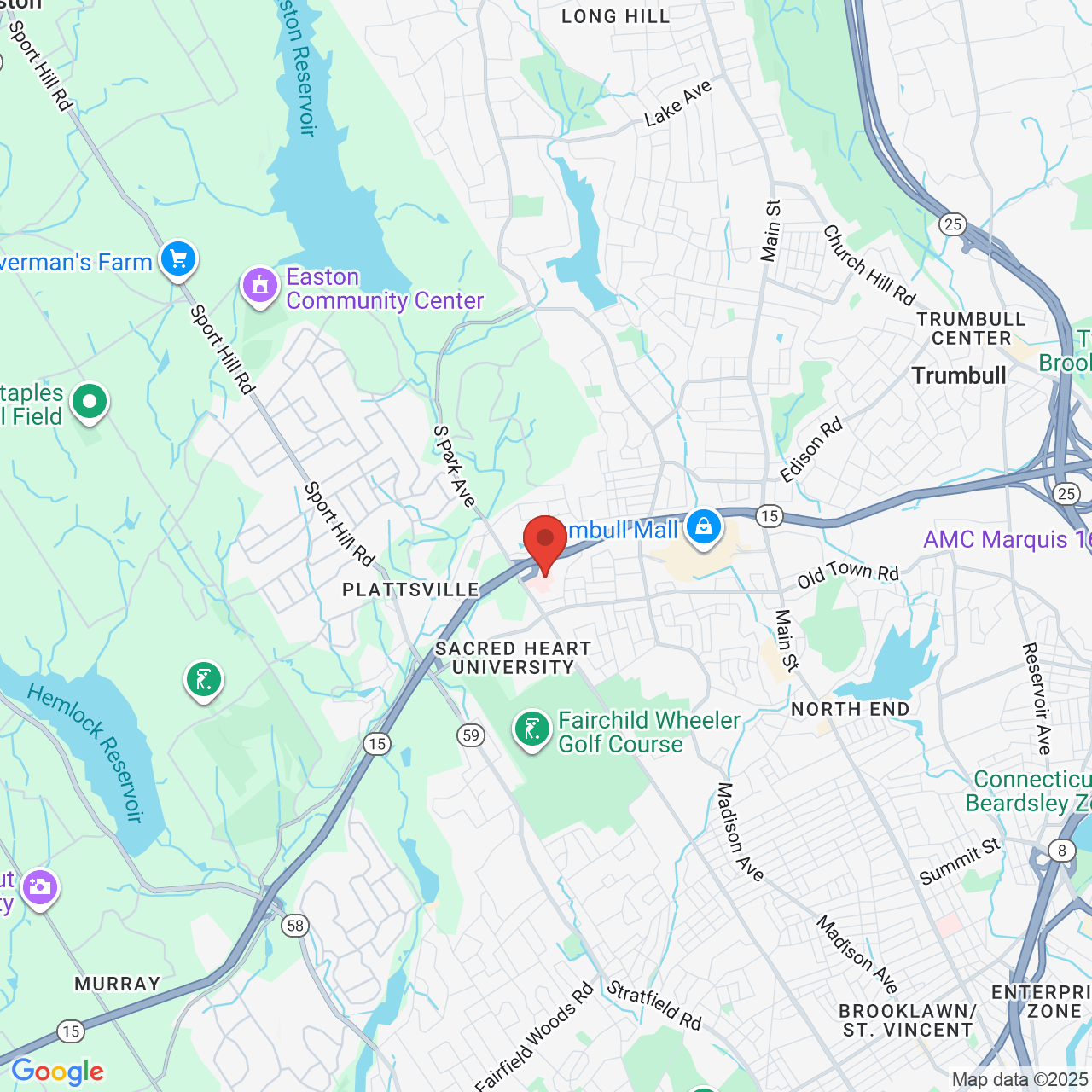Dermal Piercing Removal by Plastic Surgeon
Dermal piercings, also known as microdermal piercings or single-point piercings, are becoming increasingly common. As more and more people get dermal piercings on any area of the body, more and more people are interested in having them removed. Sometimes people are just tired of having them, or sometimes they cause pain and irritation. Most of the time, the piercings become infected and patients are looking for someone with experience to remove them.
How are Dermal Piercings Different?
Traditional piercings go in one side of an area of skin and come out the other. Dermal piercings are different as they lie on any flat surface of the body and are held in place with dermal anchor which is placed underneath the skin. Dermal piercings are popular now because they can be placed anywhere on the body that has a flat surface, which allows people to decorate areas which are difficult to pierce with regular earrings.

Because there is no exit point, the microdermal anchor has to be inserted under the skin without an incision. Either a needle or a dermal punch is used to remove a small circle of skin, through which the anchor is squeezed under the skin. The anchor then holds the piercing in place and jewelry of some type is screwed onto the anchor on the surface.
Removal of Dermal Piercings
Dermal piercings are removed in our office with a quick procedure. We use sterile conditions and cleanse the area first. We then numb the area with a local anesthetic so that there is no pain while removing it. Usually a small nick has to be made in the skin to allow the anchor to be removed completely. Every piercing is different and some anchors are larger than others. We try to limit the incision to as small as possible to have the shortest scar possible. The hole is usually small enough that we apply antibiotic ointment and it will heal on its own.
Infected Dermal Piercings
Due to the very superficial position of dermal piercings in the skin, they have a high risk of infection because the body is constantly trying to reject the foreign body that is buried underneath. If the dermal piercing becomes infected, it may become painful, red, and start to have drainage. At this point, it needs to be removed. We will send a culture of the area when we remove the dermal piercing, so that the infection can be treated properly. We then prescribe antibiotics to avoid the infection spreading.
Contact Us for Dermal Piercing Removal
If you are interested in minimizing pain and scarring by having a plastic surgery office remove your dermal piercing, contact us today! Call 203-374-0310.

